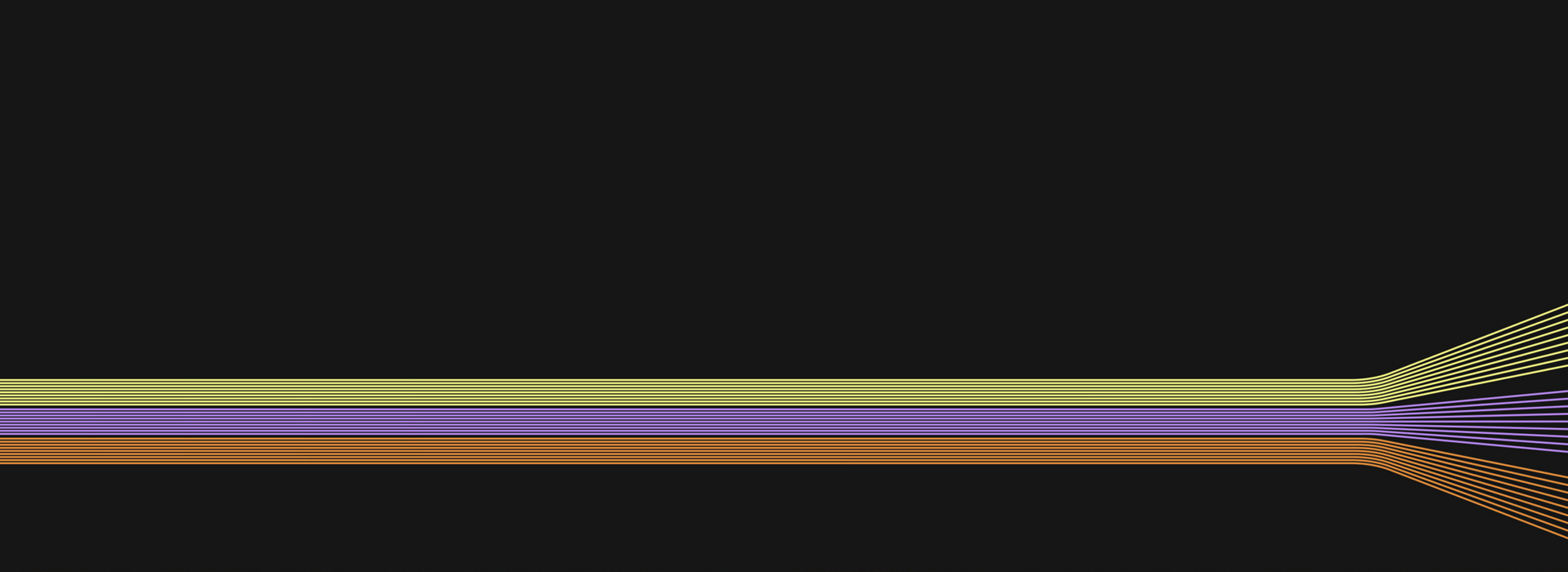THANK YOU FOR GREAT PHOTOPIA MOMENTS!
Hamburg Messe und Congress will not be continuing PHOTOPIA Hamburg in its current form.
As the trade fair organiser, we set out in 2021 with the aim of creating a globally unique, inspiring festival experience for the imaging community - and we succeeded.
We were able to welcome dazzling guests, including superstars such as Ellen von Unwerth, Rankin and Albert Watson, who were thrilled by the unique PHOTOPIA setting. With world premieres and camera innovations as well as the latest developments in the fields of NFT, virtual reality and artificial intelligence, we brought the colourful world of photography and videography to life and explored it in greater depth at our conferences. The enthusiasm for the topic of imaging and the positive spirit were clearly noticeable at PHOTOPIA!
In an overall difficult market environment, however, it will not be possible to organise the event economically in the future. Hamburg Messe und Congress has therefore decided to cancel the event in order to give everyone involved the greatest possible planning security at an early stage.
We very much regret that PHOTOPIA Hamburg, in which we, our exhibitors and partners have invested a great deal of energy, work and passion, cannot be continued in the future.
We will of course refund any tickets purchased for PHOTOPIA 2024. More information can be found in our FAQ for visitors.
All visitors and exhibitors from the imaging industry will continue to have the opportunity to obtain information and present themselves in Hamburg: There will be space for this in the new "Content Creator World" as part of the Polaris Convention, where the growing community of creators will gather from 11 to 13 October 2024.
We would like to thank everyone who made the Festival of Imaging a true experience of photography and videography!
Your PHOTOPIA crew
